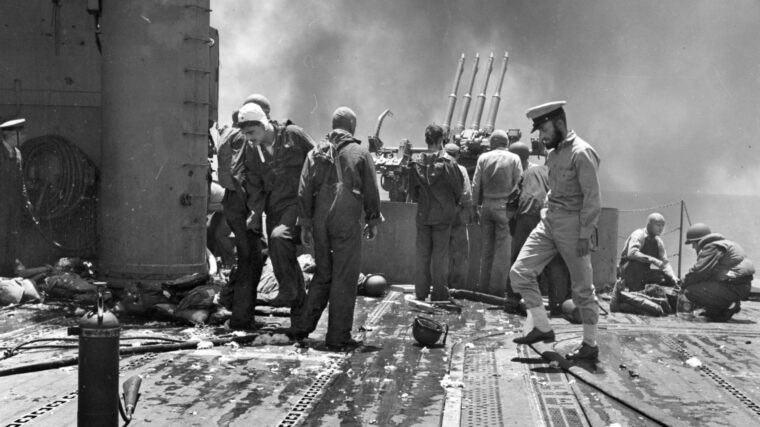
John Grehan’s ‘Great Naval Battles of the Pacific War’
By Christopher MiskimonModern readers benefit from decades of research, interviews, and information on the various battles of the Pacific War. Read more

Modern readers benefit from decades of research, interviews, and information on the various battles of the Pacific War. Read more
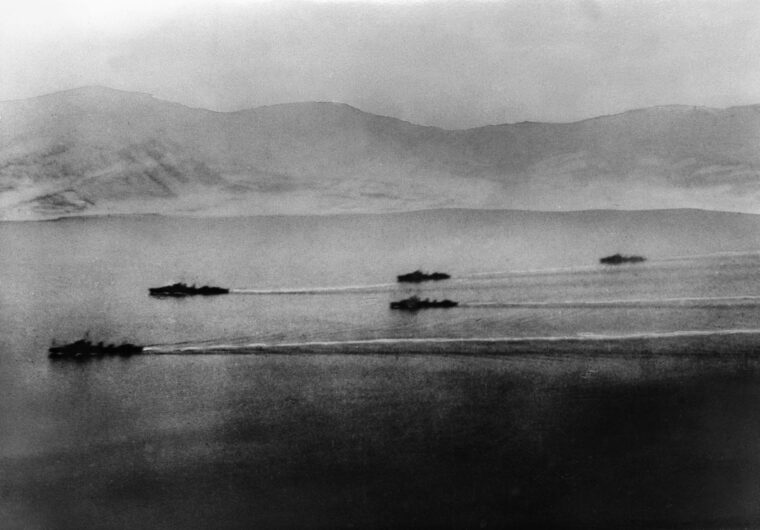
The fighting for Narvik in 1940 was a combined naval and air campaign involving soldiers and sailors from Great Britain, France, Norway, Poland and Germany. Read more
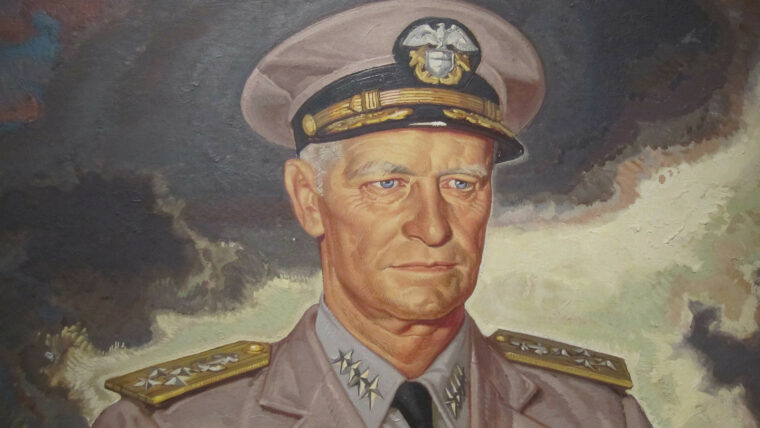
Before World War II, the U.S. Navy developed a culture that purposely created leadership opportunities. An emphasis on decentralized authority gave direction to junior leaders while encouraging them to use their own initiative to achieve results. Read more
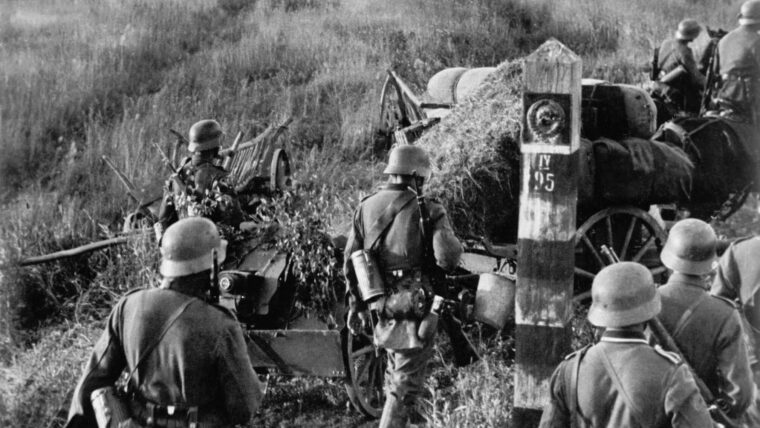
Hans Roth, Frankfurt native and army reservist in his 30s, looked across the fields in front of his position the night before Operation Barbarossa was to begin. Read more
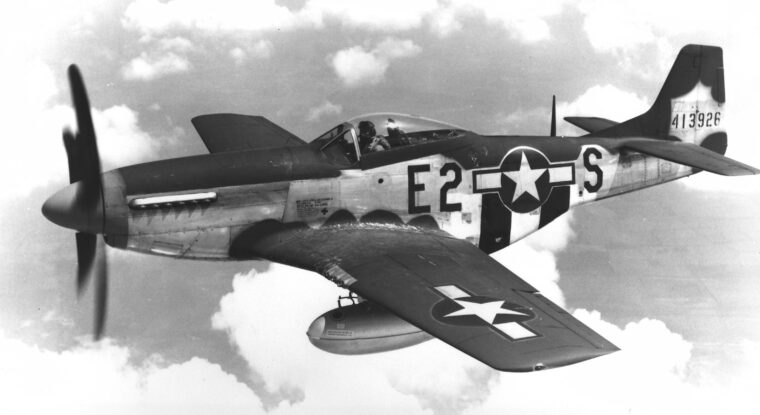
When the North American P-51B Mustang arrived in Europe in 1943, it was the U.S. Army Air Force’s fastest and most maneuverable fighter. Read more
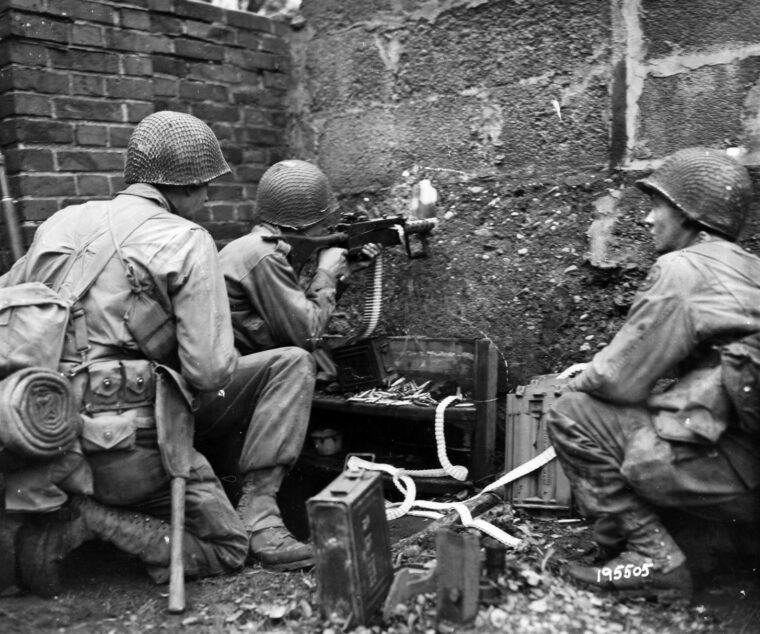
Phil Larimore grew up in Memphis, Tennessee. A Boy Scout, he learned a lot of outdoor skills, including horsemanship. Read more
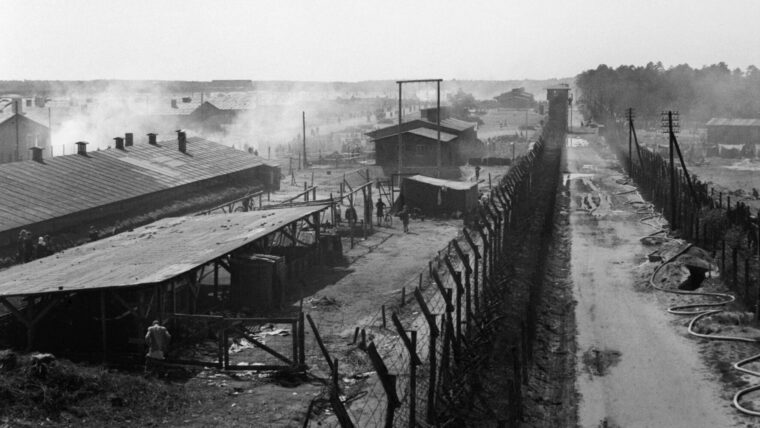
When Brigadier H. L. Glyn Hughes entered the Bergen Belsen concentration camp on April 15, 1945, 60,000 starving, abused prisoners greeted him; 10,000 more lay dead and decaying, unburied. Read more
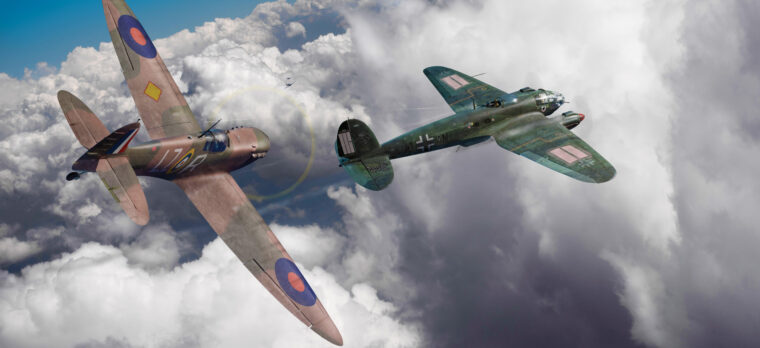
In the six weeks since Britain’s formal declaration of war against Germany on September 3, 1939, the Royal Air Force (RAF) pilots of No. Read more
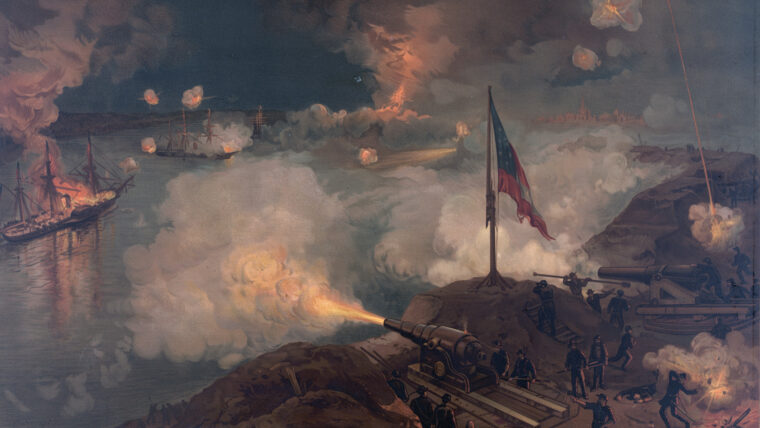
Not long after Union Flag Officer David Farragut of the West Gulf Blockading Squadron received the surrender of New Orleans on April 29, 1862, he began pondering his next move. Read more
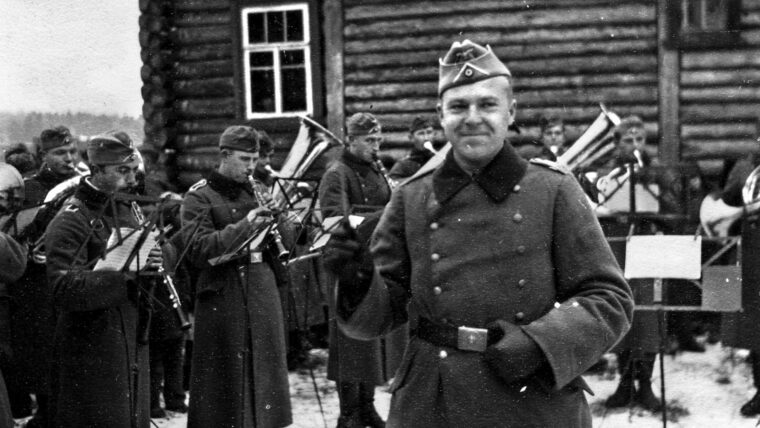
War has been described as long periods of extreme boredom punctuated by brief moments of extreme terror. Read more
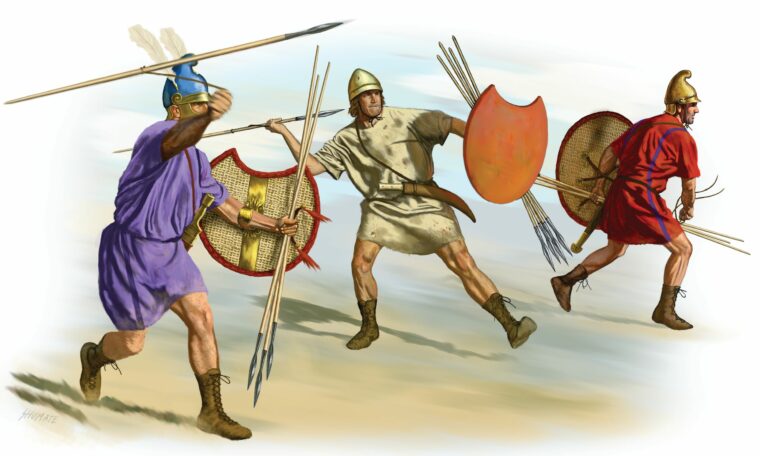
The 3rd century BC in Greece was an age of military innovation. The lessons learned in the Peloponnesian War (431-404) led to the increased use of lightly armed troops and cavalry. Read more
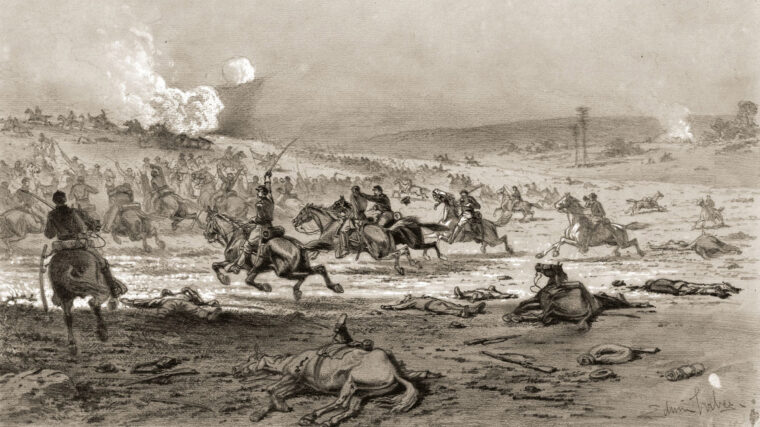
“We have been badly used up,” a sergeant in the 5th New York Volunteer Cavalry Regiment complained in a letter to his wife on May 8, 1864, four days before J.E.B. Read more
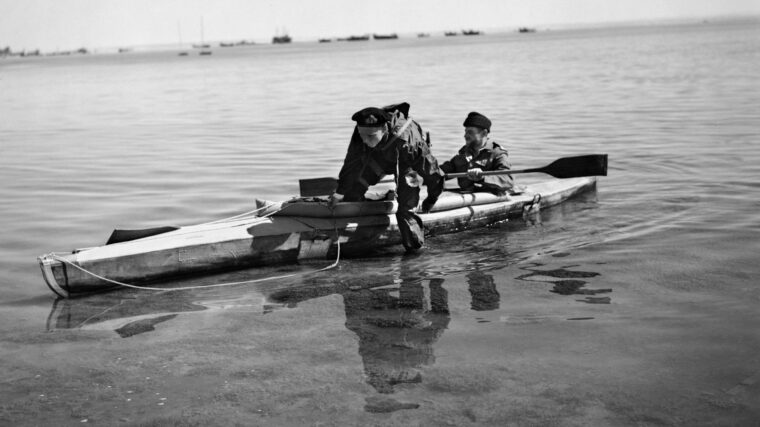
Early in World War II, the British War Office and the Admiralty were shocked by daring small boat attacks, some of them suicidal, on Allied shipping in the Mediterranean Sea. Read more
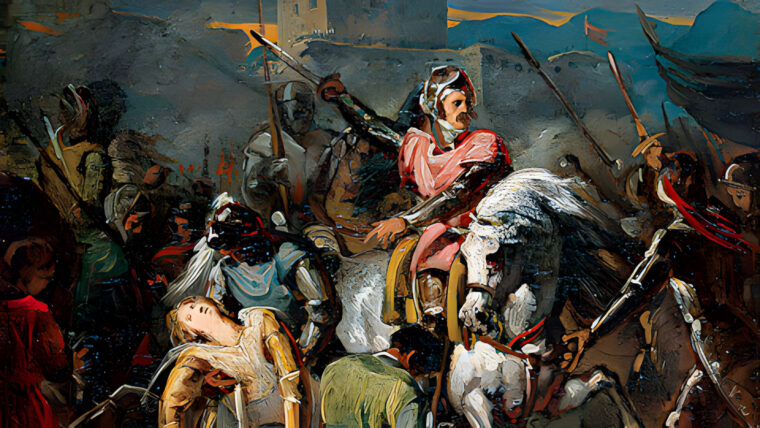
As the first rays of sunlight chased away the shadows from the base of the high walls surrounding the village of Ravenna in northern Italy on Easter Sunday, April 11, 1512, the French army besieging the town began to form into columns. Read more
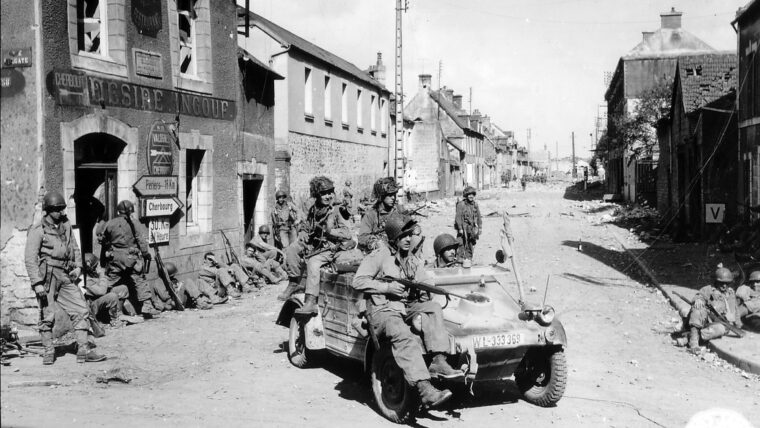
Donald Malarkey’s comrades thought highly of him as a warrior and as a man. Staff Sergeant William “Wild Bill” Guarnere considered him his hero. Read more
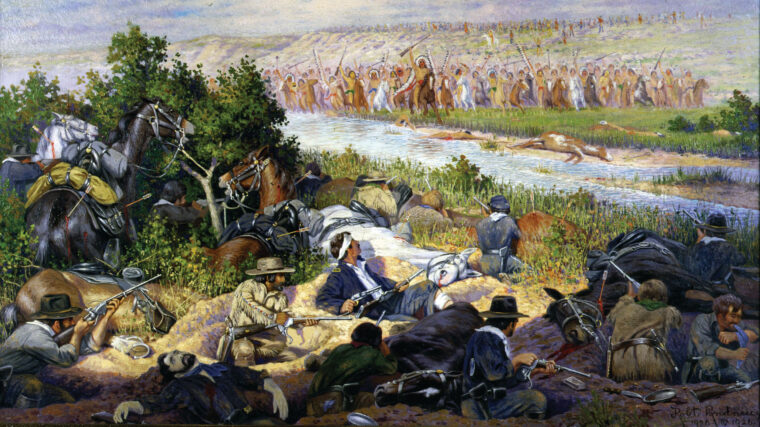
“Indians! Indians!” The staple warning from countless cliché-ridden dime novels was all too real at dawn of a Colorado morning in 1868. Read more
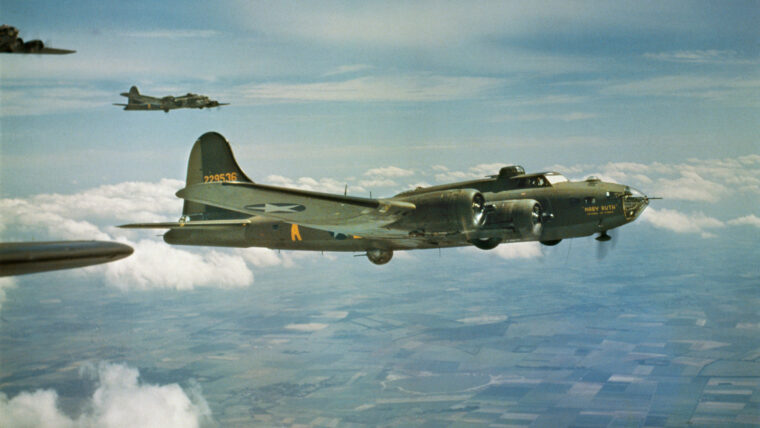
By Blaine Taylor
One query that was raised on the Allied side in 1942—two years before Operation Overlord—was if the cross-English Channel invasion of Northwest Europe via France was necessary at all in order to defeat the Third Reich. Read more
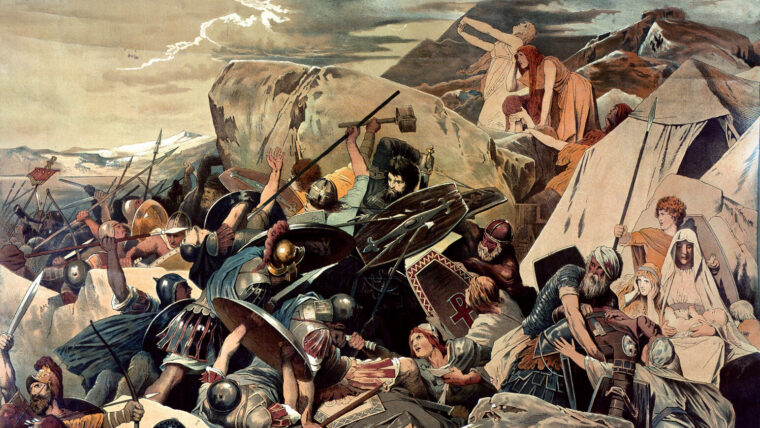
On January 18, ad 532, a 54-year-old eunuch by the name of Narses, described by Agathias, a contemporary chronicler, as “small in stature and of abnormal thinness,” entered alone into the Hippodrome of Constantinople carrying a bag of gold. Read more
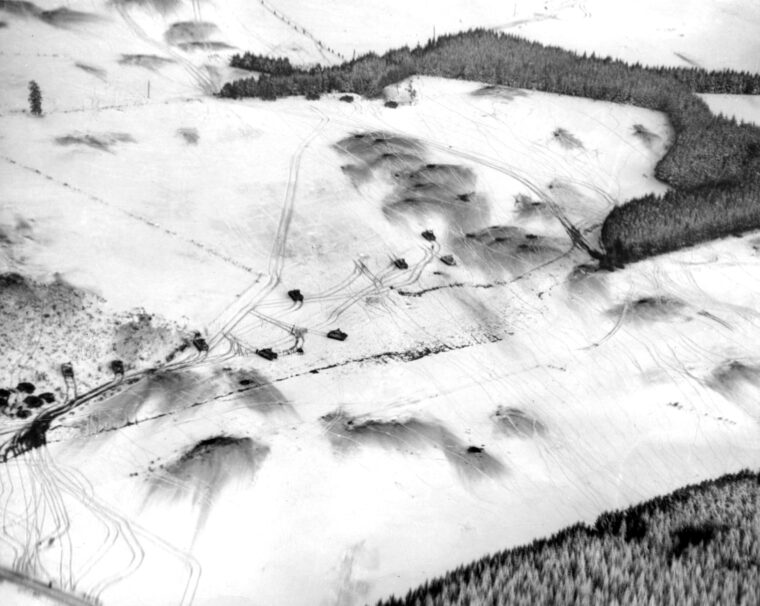
Nobody knew it in the 6th Armored Division’s 9th Armored Infantry Battalion, but the tide of the Battle of the Bulge had turned by the time the outfit moved into snow-covered fields and forests near Bastogne. Read more
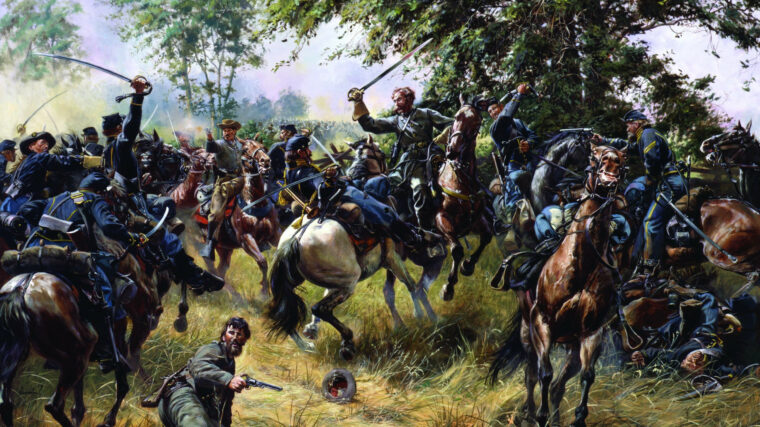
An angry gloom hung like dust over the 6,000 Confederate cavalrymen trooping up the York Turnpike in the early dawn of July 3, 1863. Read more